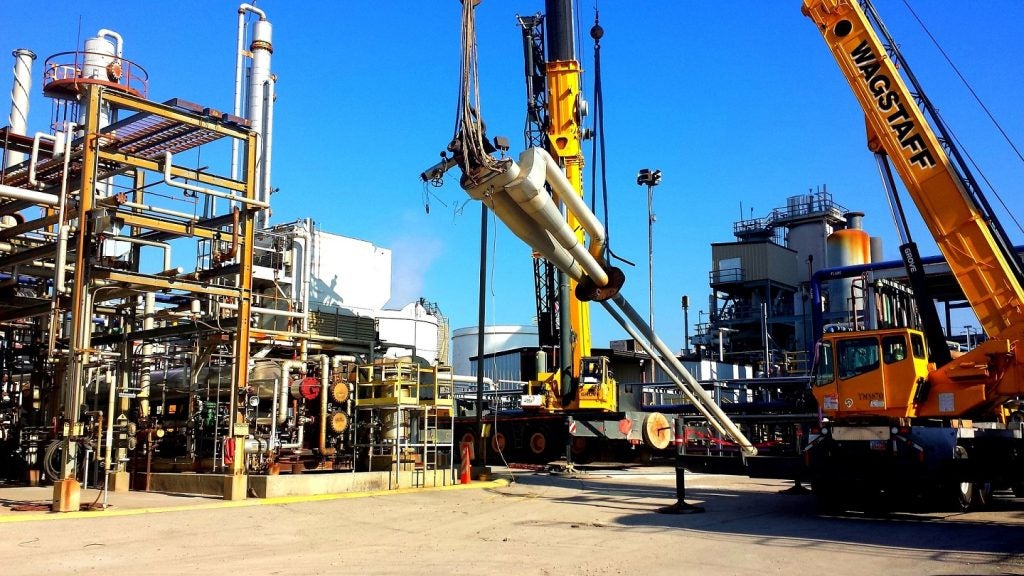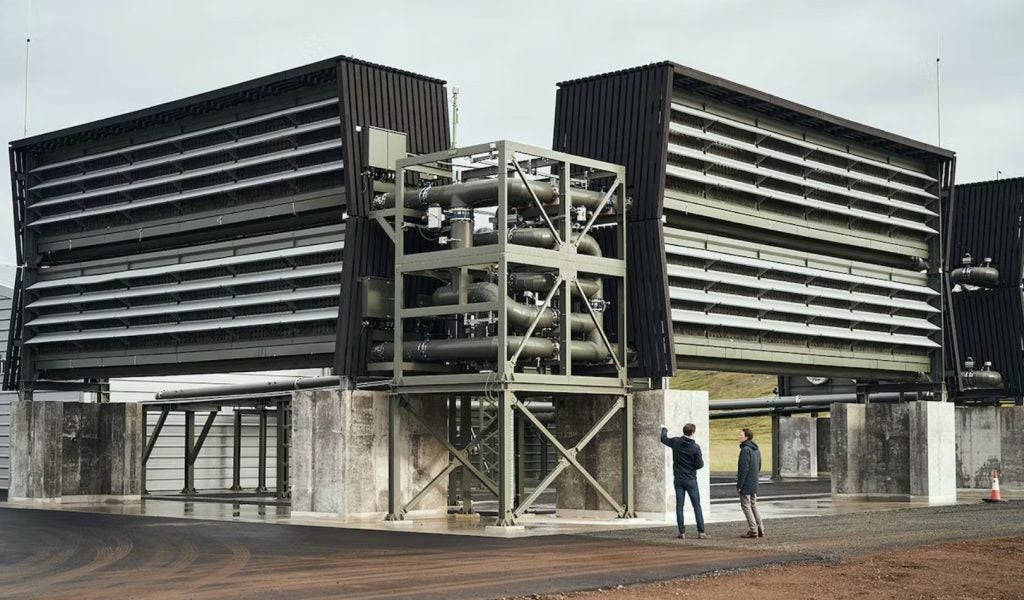India's city gas distribution company AGTL has partnered with INOXCVA to reinforce the LNG ecosystem in India.
This mutual support agreement grants each company "preferred partner" status, facilitating the delivery of LNG and LCNG equipment and services.
The alliance is set to explore collaborative opportunities aimed at bolstering the country's LNG infrastructure.
Under the terms of the agreement, AGTL will benefit from preferential treatment including access to advanced scheduling and consideration for collaborations on LNG/LCNG stations, LNG satellite stations and transitioning to LNG as a transport fuel.
The partnership also encompasses LNG logistics and the development of small-scale liquid hydrogen solutions for the industrial sector.
The agreement outlines the roles and obligations of both parties, leveraging their expertise to develop LNG infrastructure.
This includes small-scale LNG plants and stations and establishing best practices for health, safety, environment, fuel efficiency and high-quality conversion and services.
ATGL executive director and CEO Suresh P Manglani said: “This partnership with INOXCVA shall help ATGL in furthering phased transition of long-haul heavy vehicles, buses currently using HSD/diesel to LNG, thereby helping over 30% reduction in CO₂ and GHG [greenhouse gas] emissions.
“ATGL will also fast-track setting up of LNG stations across the country for boosting the confidence of fleet operators to embrace LNG as transportation fuel.”
INOXCVA promoter and non-executive director Siddharth Jain said: “As our economy prepares to go an overdrive, it is imperative that we also maintain a focus on ensuring that the transition happens in a sustainable manner. We are, therefore, excited about our cooperation with ATGL, which would look to strengthen the LNG ecosystem, and building and promoting LNG as a transport fuel.
“Our combined synergies, backed by expertise and scale of both the parties, will truly benefit the stakeholders in the economy in reducing emissions, and make significant contributions towards the green transition.”















